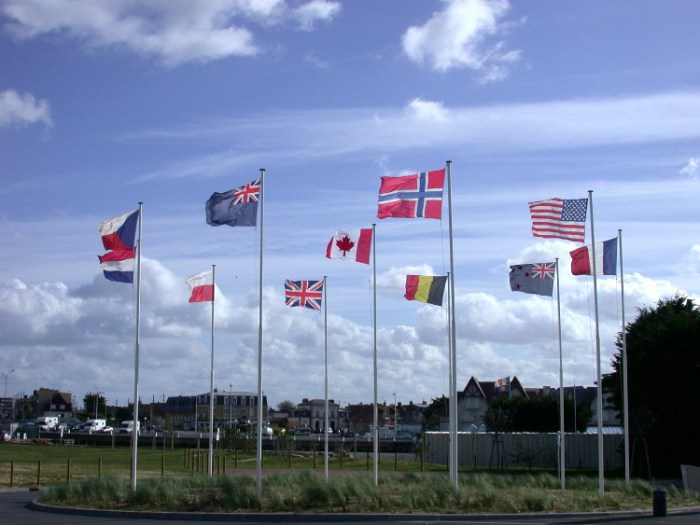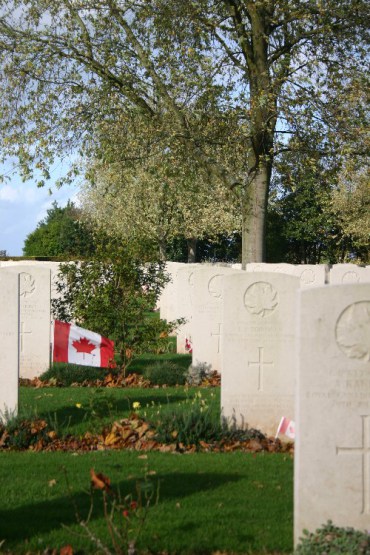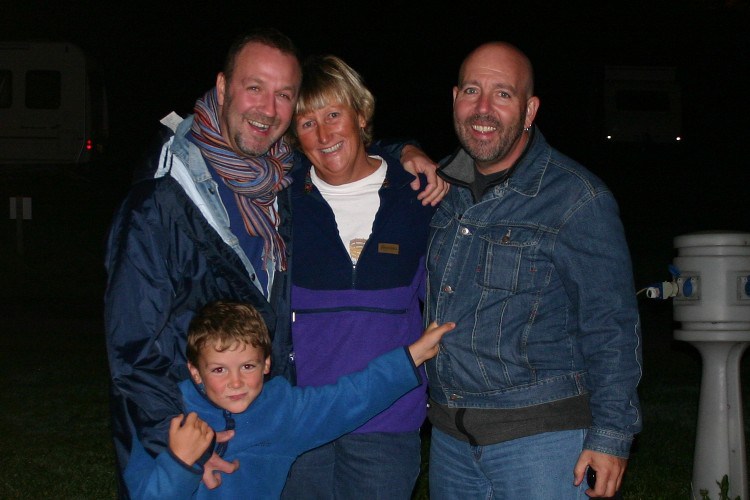On June 6, 1944, Allied troops stormed the beaches of Normandy to open the way to Germany from the West. Victory in the Normandy campaign would come at a terrible cost. The Canadians suffered the most casualties of any division in the British Army Group. On this 80th anniversary of D-Day, we return to the Battle of Normandy; we want to re-visit our thoughts and feelings about our visit to Bény-sur-Mer, the Canadian cemetery for the Juno Beach dead.
We drive today to the Normandy beaches
where the Allied invasion of Europe began in 1944. This means that we drive through Caen, home to William the Bastard, renamed the Conqueror after 1066 when he became King of England, without stopping to explore. Next time.
Our main focus today is the pretty town of Courseulles-sur-Mer, otherwise known as Juno Beach, the Canadian D-Day Beaches in Normandy landing site, and the place where a few days later General De Gaulle landed on French soil.
Proud and Incredibly Sad
Back in 2003, in preparation for the 60th anniversary of D-Day, the largest military operation in history, Canada opened a museum on Juno Beach, documenting both the events of the day and, in particular, Canada’s role in it. We spent over two hours in the museum, learning things we hadn’t known. It is truly impressive and made us proud and incredibly sad.
From Courseulles, it is a short drive to Bény-sur-Mer, the Canadian cemetery for the Juno Beach dead. We spend an hour walking through the graves, thinking about the horror of the day, and of all wars, and of the lives represented in this place, beautiful in the late fall sun, with the English Channel visible in the distance. So many men, 20, 21, only a few as old as 25, boys really, their lives over almost before they had begun. We are truly unprepared for the enormous sense of loss we feel at this site.
We drive along the coast, through other beach towns (doesn’t that imply something quite different) where D-Day made history. Then we turn inland to visit Bayeux and its famous tapestry, which records another invasion across la Manche, this time from France to England in 1066. It tells the story of how on the 14th of October, William the Conqueror invaded England. The tapestry is over 70 metres long, embroidered shortly afterward in England on coarse linen, and hung so that the entire tapestry can be seen in one long viewing. It is laid out in the same manner as a storyboard – panel after panel depicting scenes chronologically. My favourite is the scene showing some soldiers trapped in the quicksand at Mont St-Michel.
After we finish our tour of the tapestry, we head back to the Normandy coast where Jan, one of the 2 Kiwis we met on our tour of Turkey back in May, is camping with 2 friends, Shelly and her son Nick. The three of them have been touring around Europe since late June, and finally, after much planning, we can connect. We sit and talk, everybody talking at once, sharing stories and comparing notes, then head into town for food. The stories continue through the meal and could probably have continued long into the night if we had not had a 90-minute or so drive back to our hotel. It was fun catching up with you, Jan, and meeting Shelly and Nick after an incredibly emotional day on the Normandy beaches.








Comments